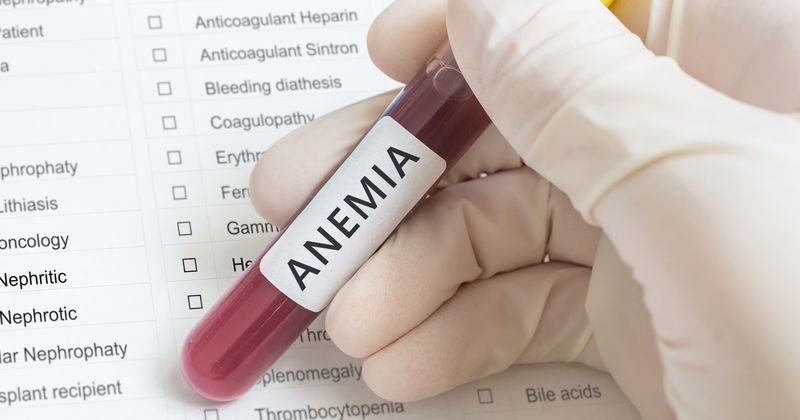Hypophosphatemia risk higher with ferric carboxymaltose in IBD-related anemia
Ferric carboxymaltose induced a higher rate of hypophosphatemia compared with ferric derisomaltose among patients with inflammatory bowel disease-associated iron deficiency anemia, according to results published in Gut.
“Anemia is the most common extraintestinal manifestation of IBD, and iron deficiency and inflammation are its leading causes. ... The European Crohn’s and Colitis Organization recommends high-dose intravenous iron as a first-line treatment for iron deficiency anemia (IDA) in patients with IBD,” Heinz Zoller, MD, associate professor of medicine at the Medical University of Innsbruck in Austria, and colleagues wrote. “Based on their proven efficacy to treat IDA, ferric derisomaltose (FDI) and ferric carboxymaltose (FCM) are among the most widely used intravenous iron formulations in Europe.”

Researchers noted, however, that “hypophosphatemia is increasingly recognized as an important adverse effect of certain intravenous iron formulations.”
Zoller and colleagues conducted a randomized, double-blind clinical trial at 20 outpatient hospital clinics across Europe to compare outcomes in 97 patients with IBD-IDA who received 1,000 mg of FDI (n = 49) or FCM (n = 48) at baseline and day 35. The primary endpoint was incidence of hypophosphatemia, defined as serum phosphate less than 2 mg/dL, at any timepoint from day 0 to day 35.
According to analysis, hypophosphatemia was reported in 8.3% of patients in the FDI group and 51% of patients in the FCM group (adjusted risk difference = –42.8%; 95% CI, –57.1 to –24.6).
On day 35, Zoller and colleagues administered a second infusion to correct patients’ total iron deficit. In the FDI group, 18.8% of patients received a 1,000 mg dose, 66.7% received a 500 mg dose and 14.6% did not receive a second dose. In the FCM group, 22.4% of patients received a 1,000 mg dose, 69.4% received a 500 mg dose and 8.2% did not receive a second dose.
From baseline to day 70, incident hypophosphatemia occurred in 12.5% and 59.2% of patients in the FDI and FCM groups, respectively (adjusted risk difference = –46.6%; 95% CI, –60.9 to –28.1). Researchers reported a higher incidence among FCM-treated patients at all postbaseline visits compared with FDI-treated patients, reaching a peak incidence of 45.8% 2 weeks following the first dose of FCM.
Though patients in both groups reported improvements in fatigue, effects were greater and faster in those treated with FDI. Further, slower improvement in fatigue was associated with greater reduction in phosphate concentration.
“The PHOSPHARE-IBD trial confirmed that hypophosphatemia is not a class or dose effect of intravenous iron, but a particularly common adverse effect of FCM that is driven by marked increases in FGF23. Despite equivalent dosing schedules, the effects of FDI on FGF23 and, thus, serum phosphate are much smaller,” Zoller and colleagues wrote. “This study shows that hypophosphatemia is a common complication of FCM use in patients with IBD.”
